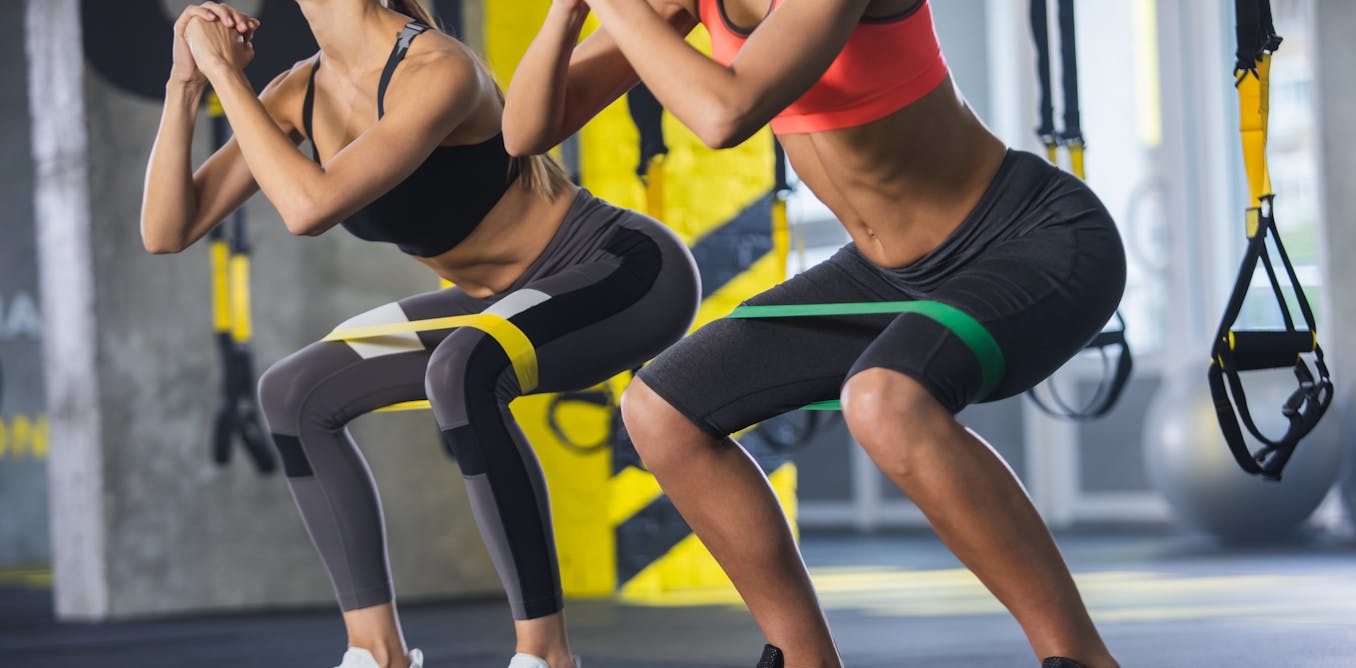Now Reading: Compression tights and tops: do they actually benefit you during (or after) exercise?
-
01
Compression tights and tops: do they actually benefit you during (or after) exercise?
Compression tights and tops: do they actually benefit you during (or after) exercise?

Compression gear, such as tight black leggings and neon sleeves, has become a common sight in gyms, worn by various individuals like casual joggers, top athletes, and influencers. The question arises: do these compression garments truly enhance performance, or is the benefit primarily psychological? Let’s explore the origins, the science behind them, and whether they are a worthwhile investment.
Initially used in medical settings to aid in blood circulation for post-surgery patients or those with circulation issues, compression garments made their way into the sports world in the late 1990s and early 2000s. Brands like SKINS, 2XU, and Under Armour began touting the benefits of compression wear, claiming improved performance, reduced fatigue, and quicker recovery. By the 2010s, compression gear had transcended its athletic origins and become a fashion trend, with influencers showcasing them on social media platforms like TikTok.
Compression gear is designed to snugly fit against the skin, exerting gentle pressure on muscles. Manufacturers claim various benefits, including enhanced blood flow, reduced muscle vibration, decreased soreness, faster recovery, and improved performance. Despite anecdotal reports of feeling more supported or less sore while using compression gear, the scientific evidence remains mixed.
Research on compression garments has shown moderate benefits in terms of recovery markers like reduced muscle soreness and swelling, as well as improved muscle power and strength. However, studies have not consistently demonstrated significant effects on strength or performance enhancement, with some reviews suggesting minimal impact on race time or endurance in runners.
While compression gear can be beneficial in reducing muscle soreness, aiding post-exercise recovery, and improving circulation for certain medical conditions, it is not a magic solution for athletic prowess. Ultimately, the decision to wear compression garments should be based on personal comfort and confidence, as they can provide a psychological boost and potentially aid in recovery. Just like a good pair of shoes, they may not do the work for you but can make your fitness journey a bit smoother.






